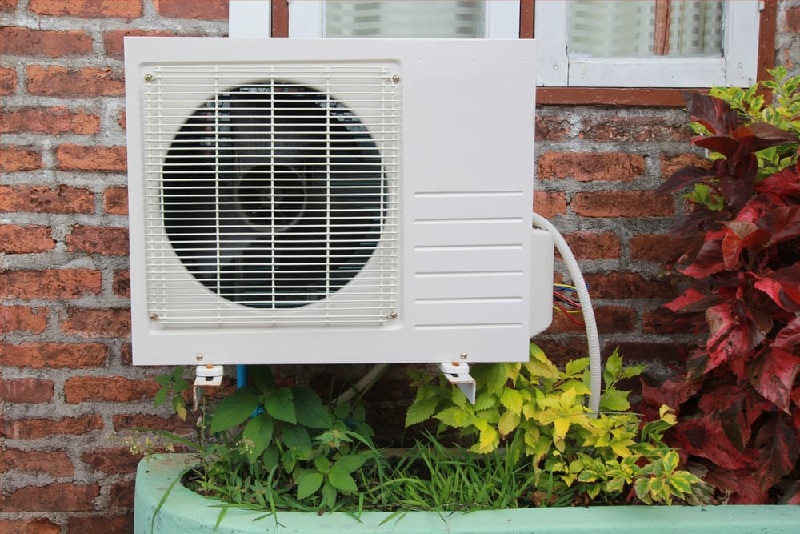As spring arrives, now is an opportune time to bring out your air conditioner from its winter sleep. But what should happen if your AC doesn’t operate as it should?
At least most spring HVAC issues are preventable; here are a few that HVAC technicians see frequently:
If you love learning about the ins and outs of the HVAC industry, feel free to click the following URL to learn about the pros and cons of ductless mini-splits: https://www.hurlimanheating.com/ductless-mini-split-pros-and-cons/.
1. Debris Buildup
Springtime is a wonderful opportunity to spring clean your home, as well as perform routine maintenance on your HVAC system.
To do this effectively, regularly change out or clean your AC’s air filters every two months but, more importantly, clear away the debris that might be blocking airflow or condenser occlusion, one of the most frequently experienced HVAC issues during spring months that is easily avoidable with routine care.
2. Defective Thermostat
Your thermostat’s purpose is to send signals instructing your heating and air system when to turn on or off; however, electrical issues like broken wires may prevent your HVAC from receiving all necessary signals and operating efficiently.
If you suspect your thermostat is malfunctioning, check its screen to ensure the appropriate temperature is displayed and listen out for signs such as rumbling sounds similar to boiling or knocking noises; these might indicate it’s time to replace it.
3. Damaged Condenser
Damaged condensers can significantly disrupt any air conditioning system.
Condensers play a pivotal role in turning liquid refrigerant into a warm gaseous state; any obstruction in this process could severely limit their effectiveness as essential cooling components in air conditioner systems, leading to reduced capacity. Surface damage also exposes other parts of an AC unit’s system to premature wear and tear and accelerates its wear rate.
A damaged condenser may also accumulate debris and dirt on its coils that require professional technicians to clear away before further damaging your unit. However, this task should only be attempted by trained experts for optimal results.
4. Low Refrigerant Levels
Your air conditioning system relies on refrigerant – commonly referred to as Freon – for optimal operation. This fluid removes heat from the air and cools your home. When you notice ice forming on your evaporator coil or copper tubing of your system, this could be an indicator that refrigerant levels are low.
As soon as your air conditioning system runs low on refrigerant levels, cooling your home will take longer and your electricity bills may spike as your system works harder to compensate for its low levels of cooling agents – this could prove costly for you and your family, so it is wise to contact an AC repair service immediately upon detecting signs of low refrigerant levels.
5. Loose Electrical Wires
Air conditioning equipment requires multiple electrical wires that supply current to various parts. If these become loose, your AC will malfunction or stop functioning completely – an experienced technician can locate and tighten them to restore the functionality of your system.
Switches, outlets, and light fixtures often experience screw terminal connections coming loose due to temperature variations that cause parts and wires to contract or expand as temperatures shift.
Fix this by disconnecting power from the suspected switch, outlet, or light fixture. Next, unplug both offending wires from their screw terminals and connect them using a matching color pigtail wire; ensure enough exposed wire to accommodate a proper wire nut connector before reconnecting them back to their terminals.
